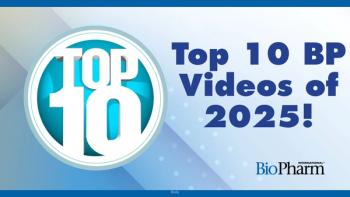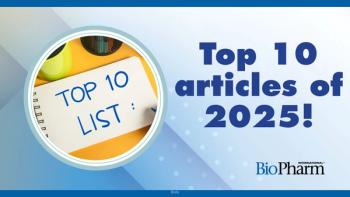On Mar. 30, 2015 Centers for Medicare & Medicaid Services (CMS) issued documents on biosimilar reimbursement that will strip the incentive from physicians to prescribe more costly branded innovator products over biosimilars. While Part B physician-administered drugs are typically reimbursed at average sales price (ASP) plus 6%, if biosimilars have lower prices than innovator products, the amount a physician would be reimbursed would be less for a biosimilar. To counteract this problem, CMS wrote “once ASP information is available for this biosimilar product, Medicare payment will equal the ASP for the biosimilar product plus 6% of the ASP for the reference product.” CMS also said that it plans to create a separate code to distinguish a biosimilar from a reference biological, but that distinguishing identifiers-such as the “sndz” part of biosimilar name filgrastim-sndz-will “have no bearing on coding and payment.”
The Q&A document also revealed that a drug such as filgrastim, while typically administered in the hospital or physician setting and covered under Part B, could also be covered under Part D if given in a nursing home or immediate care facility. A pharmacy-dispensed biosimilar has not yet been approved in the US, although there are many in the pipeline.
Another document addressed to Part D sponsors and released on Mar. 30, 2015 addresses formulary requirements, which currently say plans must offer two distinct drugs in each class. The letter says that “the reference and biosimilar products will not be considered as different drugs for the purposes of satisfying the two distinct drugs requirements for each of the submitted categories and classes, except as provided in 42 CFR § 423.120(b)(2)(ii)” and the “addition of the biosimilar and removal of the reference biological product will generally be considered a non-maintenance change.” In essence, this means that a biosimilar could take the place of an innovator drug on a formulary, as they would not be considered different drugs. The letter also says that guidance for interchangeable products for biological products may be issued at a later date.
CMS also released guidance on the same date to states using the Medicaid drug rebate program. The document encouraged states to use biosimilar products to reduce cost and improve access, and also suggested states encourage prescribers to consult FDA’s Purple Book to assign the proper biosimilar name. In terms of rebates, the document called on states to obtain rebates in places other than just directly from manufacturers: “In addition to the rebates received from manufacturers, cost savings may be achieved through the establishment of supplemental rebate agreements between states and manufacturers. States may consider the total rebates for reference biological products as well as those that have been determined to be biosimilar to, or interchangeable with, reference biological products in their determination of preferred drugs lists consistent with the requirements for prior authorization programs in section 1927(d)(5) of the Act.”
Source: CMS





